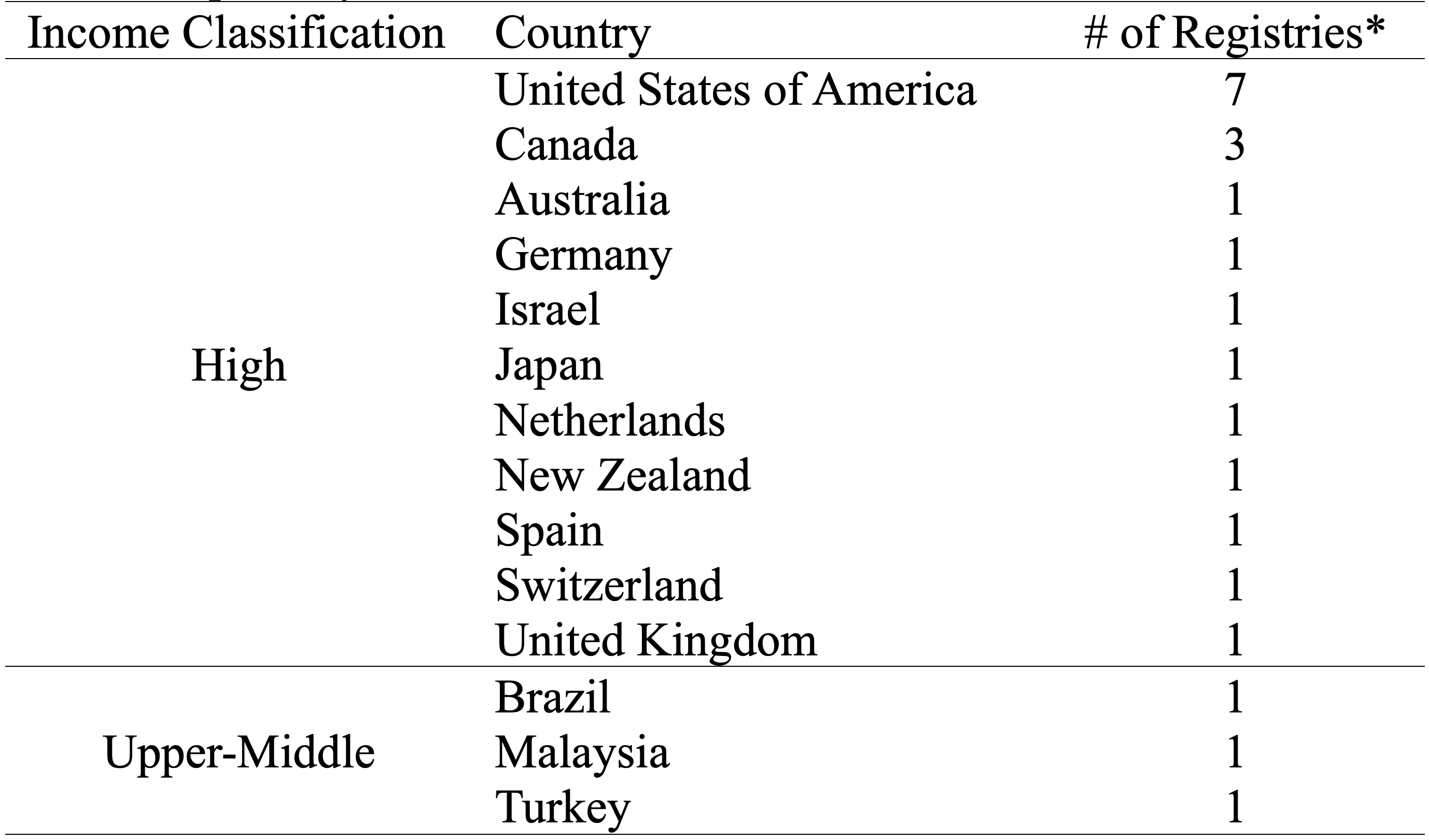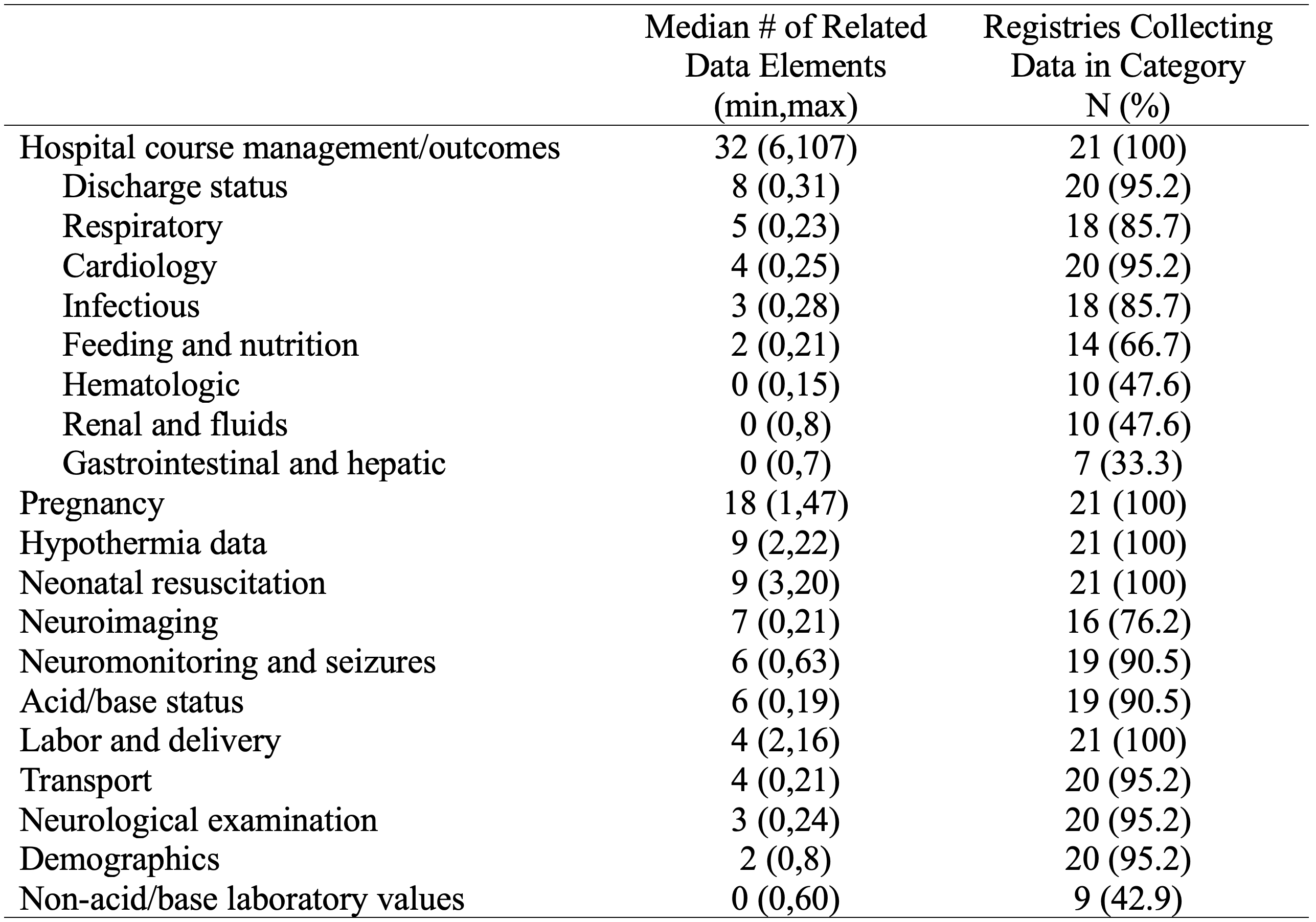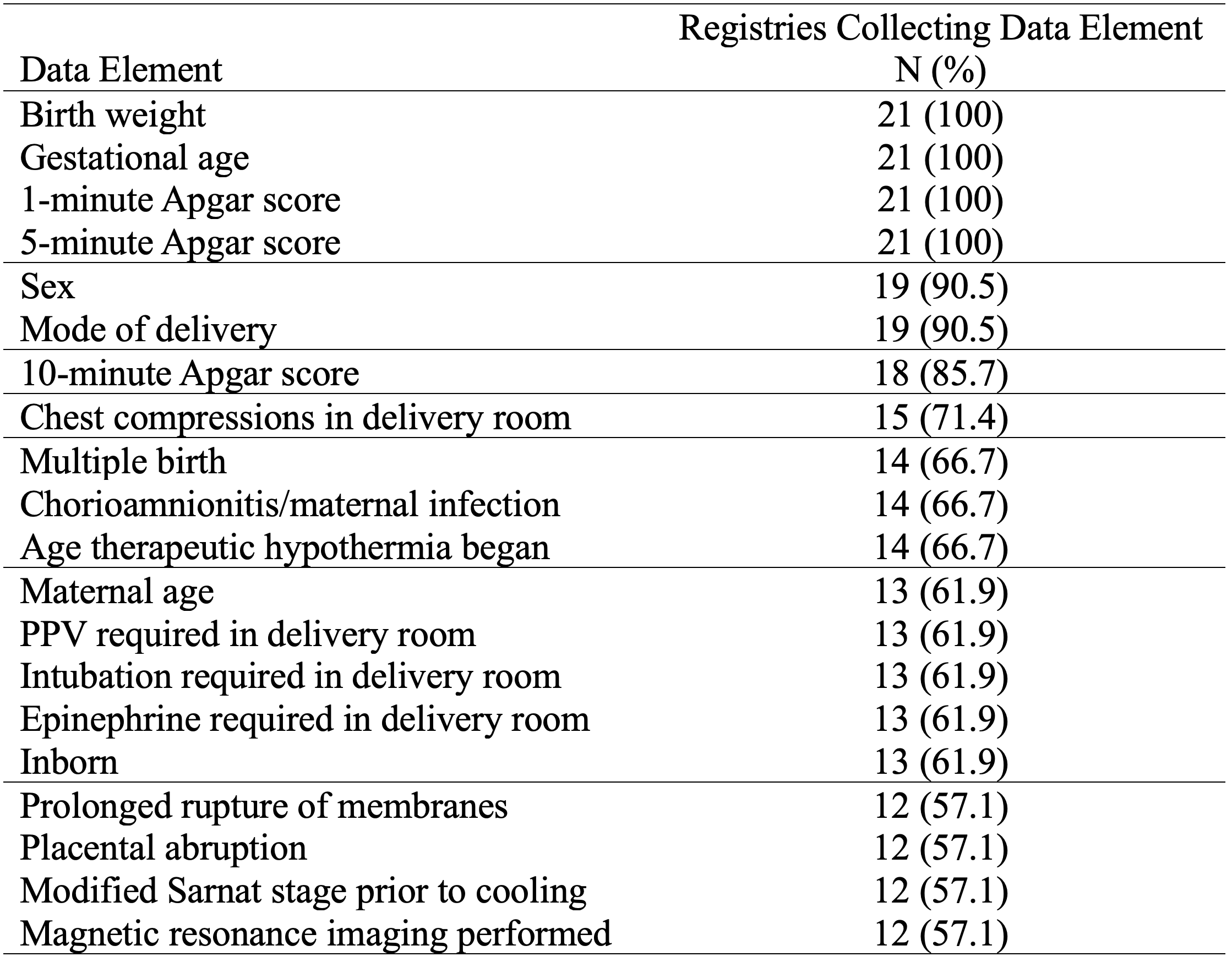Neonatology
Session: Neonatal Neurology 1: Clinical
1 - Data Collection Variability: A Global Profile of Neonatal Hypoxic-Ischemic Encephalopathy Registries
Friday, May 3, 2024
5:15 PM - 7:15 PM ET
Poster Number: 1
Publication Number: 1.61
Publication Number: 1.61

Eric S. Peeples, MD, PhD (he/him/his)
Associate Professor
University of Nebraska Medical Center
Omaha, Nebraska, United States
Presenting Author(s)
Background: Neonatal encephalopathy (NE) – including hypoxic-ischemic encephalopathy (HIE) – is prevalent worldwide and is associated with significant morbidity and mortality. Registries can provide hypothesis-generating data and monitor trends in outcomes, but variability between registries limits data pooling across registries for stronger analyses.
Objective: To survey neonatal NE/HIE data registries to assess similarities and variability and support future harmonization of standard data elements.
Design/Methods: Cross-sectional study collecting data elements from current or recent NE/HIE registry data forms. Registries were identified by literature search and email inquiries to investigators worldwide. Data were categorized by group consensus. Descriptive statistics summarized characteristics and variability in data elements between registries.
Results: 1100 total data elements were abstracted from 21 registries, representing 14 countries, including 3 middle-income countries (Table 1). Registries had a median of 106 distinct data elements per registry (range 59-367). Table 2 demonstrates the element stratification by category. The most commonly collected data were related to pregnancy, hypothermia therapy, and short-term hospital outcomes. Least consistently collected data were non-acid/base laboratory values. Only 4 of 1100 (0.4%) variables were consistently collected in every registry (the top 20 data elements are shown in Table 3). Even when elements were collected by multiple registries, the format of the individual data element (numeric, categorical, free text, etc) often differed across registries. Eighteen of 21 (85.7%) registries included at least one free text response element, with a median of 2 free text response elements (range 0-18) per registry. Only 3 of 21 (14.3%) registries included developmental follow-up fields and 2 others (9.5%) linked their data to a separate follow-up registry.
Conclusion(s): This study identified many ongoing NE/HIE registries around the world and demonstrated considerable variability in the number, type, and format of data collected. Future attempts to develop standard data elements and harmonize data collection will be crucial to facilitate collaboration between registries.



